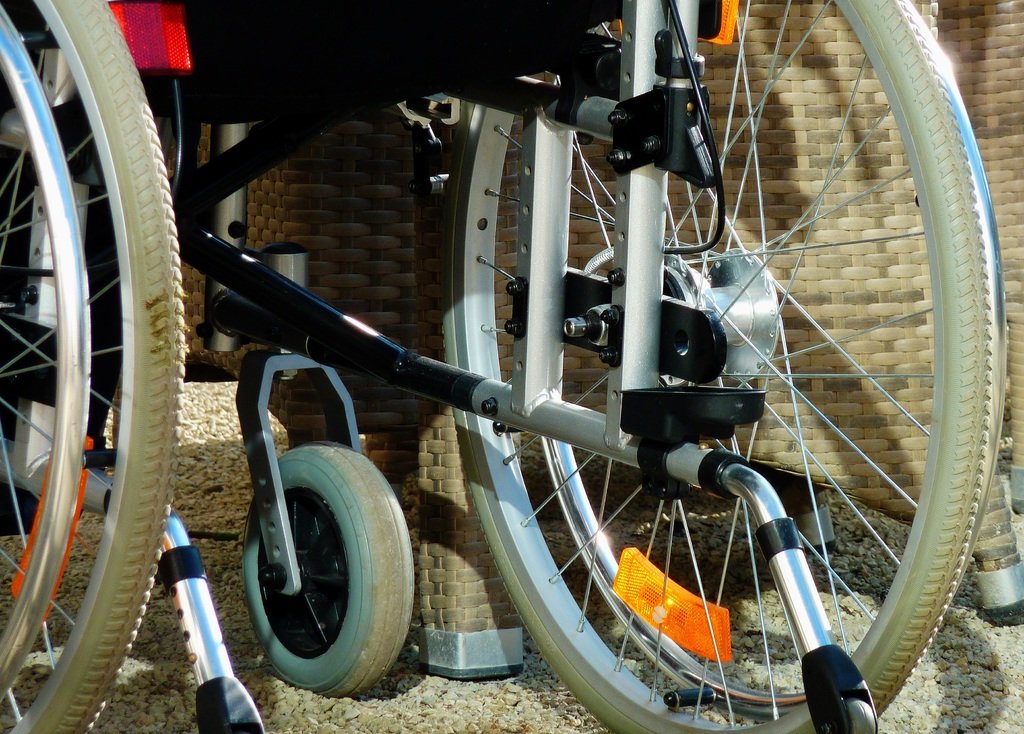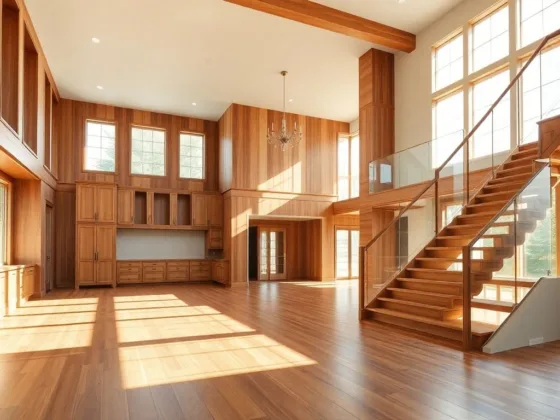Table of Contents Show
There are 2.7 million wheelchair users in the US. Despite this high figure, mobility is still a huge issue for people wanting to live a full life. Yet when it comes to finding ramps for homes, do you know your options?

When you begin researching, the range of solutions can be overwhelming. We can assist with our essential guide on choosing home ramps below.
1. What Size Do I Need?
The first task is to look at the staircase the ramp will be fitted to. There are three factors you need to consider. This is the length, width, and rise.
As a guideline, for every one inch of rising you have, you should budget for one foot of length. So if your total staircase was fifteen inches high, you will need fifteen feet of ramp. This stops the ramp from becoming too steep to use.
A level platform will also need to be at the top and bottom of any ramp. The minimum width for a ramp is thirty-six inches, though you should check your own mobility aid. You don’t want to order one that does not fit your wheelchair.
2. What Material Should I Choose?
Ramps can come in a range of materials and finishes. It all depends on what you want the outward appearance of your home to look like. Different materials will also have varying levels of durability.
Wood is a good choice for permanent wheelchair ramps for homes that want a finished look to them. While wood can fit in with the aesthetic of your home, it does require a lot more maintenance.
Concrete ramps are the most durable, though may not look as picturesque as wood. They can also be difficult to install. In certain circumstances, you may also need special permits as they can be classed as a permanent structure.
Aluminum is lightweight and best for portable solutions. Steel has higher weight thresholds, though it rusts easily. Aluminum tends to be more durable and come out cheaper.
Read Also:
3. Does It Need to Be Portable?
Even if you are getting a ramp for your home, or finding ramps for mobile homes, you may want to consider portable ramps. They will fold in half or into quarters, meaning you can tuck them away or take them with you. Very often they will have handles, making them easy to fit into vehicles.
Less portable are modular wheelchair ramps. They can be easily disassembled and moved around, covering taller rises. However, they are less portable and probably won’t be suited for lifting in and out of cars easily.
4. What Layout Do I Need?
The most simple layout is a straight ramp. They are excellent if you have room, but the more rise, the longer your straight ramp will have to be. Thus, it is quite rare to get a straight ramp on a property unless it has a large yard or clearance.
To counter this, left and right turn ramps are extremely popular and let you get into properties with less space. In extreme circumstances, a switchback ramp may be used that has more than one 180 degrees turn.
5. Do I Need Additional Features?
All wheelchair ramps for homes can have additional features added. This may include specialist surfaces, such as grit coating or traction lines to help the wheelchair adhere. These are particularly useful for outdoor ramps.
If you don’t always use mobility devices you may want to consider handrails. They are also a good choice if you have lots of people coming in and out with a range of mobility problems. This way you cover every eventuality.
Lastly, there may be some specific requirements for your individual installation. For example, a lip can be required on some ramps. This helps smooth the ride between the ramp to the next surface.
6. What is the Location?
All ramps for homes will be capable of indoor and outdoor weather. The main location factor is where it will be placed. If you have a high rise step but little clearance to lay a ramp, then it may need to turn or go elsewhere.
When speaking to a professional installation expert, make note of any environmental features. These could include steep patio steps, curved pathways, features of the yard, and suchlike.
7. Do I Live In an Area With Adverse Weather?
While most ramps are suitable for outdoor use, you may want to give consideration to certain ones in your climate. For example, aluminum ramps are extremely lightweight. If you have high winds and storms they could blow away.
If you live in coastal areas with high levels of salt coming off the sea, steel ramps can rust easily. Direct sunlight may fade wooden ramps much quicker than you expect as well.
Some companies may be able to help you get around this. They may be able to recommend certain materials or ways to ensure you get the longest life from your ramp. Experts like Mobility Plus can assist with most queries.
8. What is My Budget?
The deciding factor will be your overall budget. The materials you choose will be the main factor, with wooden ramps being the cheapest. Wooden ramps don’t require permits or extensive building and installation, so may save you some money.
After this, the length of the ramp will impact the budget. Longer ramps mean more materials and can take longer to install. You may also need to account for this if you have special features that have to be addressed, like curved walkways.
Finding Home Ramp Installation Experts
Now you know the considerations for a home ramp, you just need to find the right people to install them. Shop around and check out reviews online. You may also be able to ask others in the area who they have used.
If you enjoyed this article then visit the rest of our blog. With everything from travel to education, we can help you get mobile this year.









